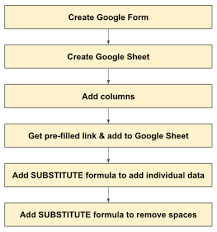How to Find an Owl’s Nest: 12 Steps

1. Learn about owls: Before venturing out to find an owl’s nest, you should learn about the different species of owls, their nesting habits, and preferred habitats. This will help you identify the type of owl you are looking for and narrow down your search to specific areas.
2. Choose the right time: Owls are nocturnal birds. Adequate knowledge of their breeding season will be essential, as this is when they are most likely to build their nests. Dawn and dusk are the best times for observing nest-building activities.
3. Research potential locations: Using field guides, maps, and online resources, find areas where owls are commonly spotted or habitats that meet their nesting requirements.
4. Dress appropriately: Ensure that you wear appropriate clothing for the climate and terrain you’ll be exploring. In most cases, this includes wearing long pants, sturdy shoes or boots, and clothes suitable for outdoor activities.
5. Equip yourself with binoculars or a spotting scope: These tools will help you spot owl nests from a distance without disturbing the surrounding environment.
6. Carry a field guide: A field guide containing owl species information will assist in identifying any found nests by observing physical characteristics such as size or coloring.
7. Look for signs of owl activity: When searching for a nest, look for evidence such as pellets (regurgitated indigestible food), feathers, droppings, or scratching on tree branches.
8. Pay attention to sounds: Owls have distinct calls that can alert nearby individuals to their presence. Listen closely to identify any calls of interest in your targeted area.
9. Investigate likely nesting sites: Owls commonly nest in tree cavities, crevices, and abandoned structures like barns or bridges. Explore both high and low areas in your search.
10. Maintain patience and persistence: Discovering an owl nest often requires considerable time and effort. Keep searching, be vigilant and remember to remain respectful of the owls’ habitat.
11. Approach carefully: If you suspect a nest is nearby, approach quietly and cautiously while maintaining a safe distance. Do not touch or interfere with the nest in any way, as this can upset the balance of the owl family or even lead to abandonment.
12. Practice ethical observations: Respect wildlife and their homes by leaving no trace of your visit, avoiding disturbance to the environment, and never revealing the exact location of the nest to prevent the site from being overwhelmed by other visitors or disturbed by collectors.
By following these steps, you’ll have a greater chance of successfully locating an owl’s nest while ensuring you maintain minimal impact on these intriguing creatures and their environment. Happy owling!






